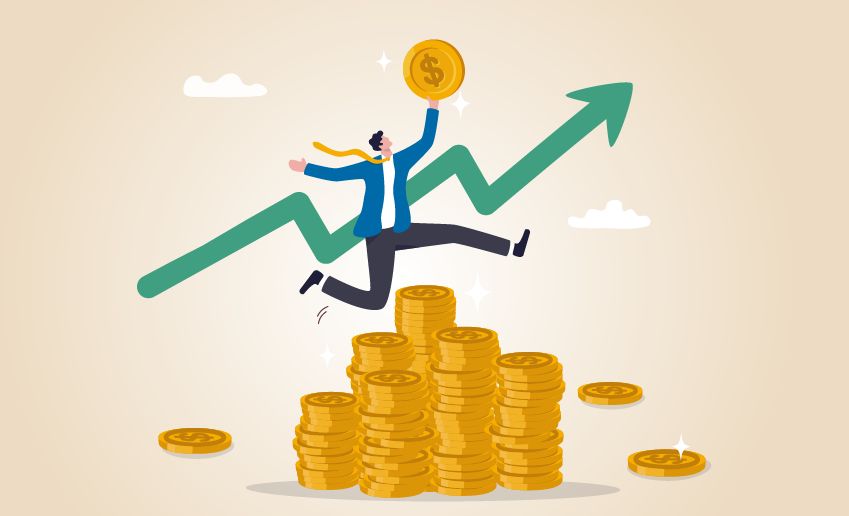Gregory Heym is Chief Economist at Brown Harris Stevens. His weekly series, The Line, covers new developments to the economy, including trends and forecasts. Read on for the latest report and subscribe here to receive The Line in your inbox.
Today, we talk about inflation, confident consumers, and the cost of happiness.
The Fed's Favorite Inflation Measure Rose 0.2% in October
Does anybody want to guess what the Fed’s preferred inflation indicator is before I spoil it? I’ll wait.
It’s the core personal consumption expenditures price index—aka core PCE— which was up 0.2% last month, and 3.5% higher than a year ago. Both these figures came in as expected. Remember that “core” means the data excludes food and energy prices, which can be very volatile.
Why does the Fed love core PCE when the consumer price index gets all the press? CPI looks at the cost of goods and services, while core PCE measures what people actually spend. By measuring spending instead of just prices, the PCE can account for changes in behavior. For example, if the cost of beef goes up sharply, consumers may eat more chicken. Core PCE also tends to be much less volatile than CPI.
The bottom line is that just like CPI, core PCE is heading in the right direction, and that is good news for mortgage rates.
Consumers Are More Confident... Sort Of
After three straight monthly declines consumer confidence rose in November, according to the Conference Board. Why did I put that “sort of” at the end of the headline you ask? Here’s why:
-
Confidence only rose in November because October’s index was revised down.
-
Two-thirds of those surveyed believe a recession is “somewhat” or “very likely” to occur over the next 12 months.
-
The expectations index—based on consumers’ short-term economic outlook—was 77.8. Any reading below 80 usually indicates a recession will occur in the next 12 months.
The most interesting finding in the survey was that the increase in confidence was concentrated primarily among people 55 and older. Since when are the oldest people the most optimistic? I guess that’s not a bad thing since many people in that category still have a lot of money to spend, and have helped keep us out of recession so far.
Money Can't Buy Paul McCartney Love, but Can it Buy You Happiness?
According to Empower’s Financial Happiness report, 59% of Americans believe money can buy happiness, including 72% of Millennials and 67% of Gen Z. Is it me, or do people never seem to talk about Gen X anymore? To paraphrase Pete Townshend, why is nobody “talkin’ ‘bout my generation?” But I digress.
So, how much would this happiness cost? Just $1.2 million, with Millennials saying they need more wealth than other generations.
Here are some other interesting findings:
-
Americans say they need to make $284,167 a year to be happy, although men ($381,000) need more than woman ($183,000). I’ll leave it to my readers to explain that huge difference.
-
71% believe more money would solve most of their problems.
-
73% are dealing with financial stress.
-
On average, respondents plan to retire at 63.
While I believe you can’t put a price tag on happiness, it seems like many of my fellow Americans can. Good luck getting that $1.2 million, and even more luck retiring at 63.
